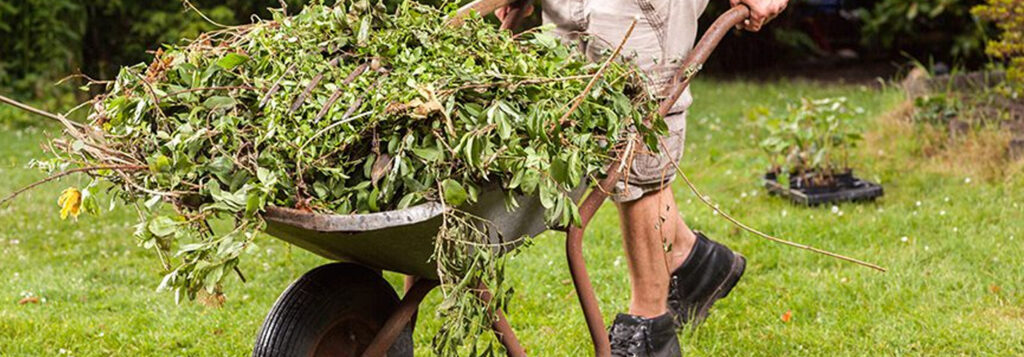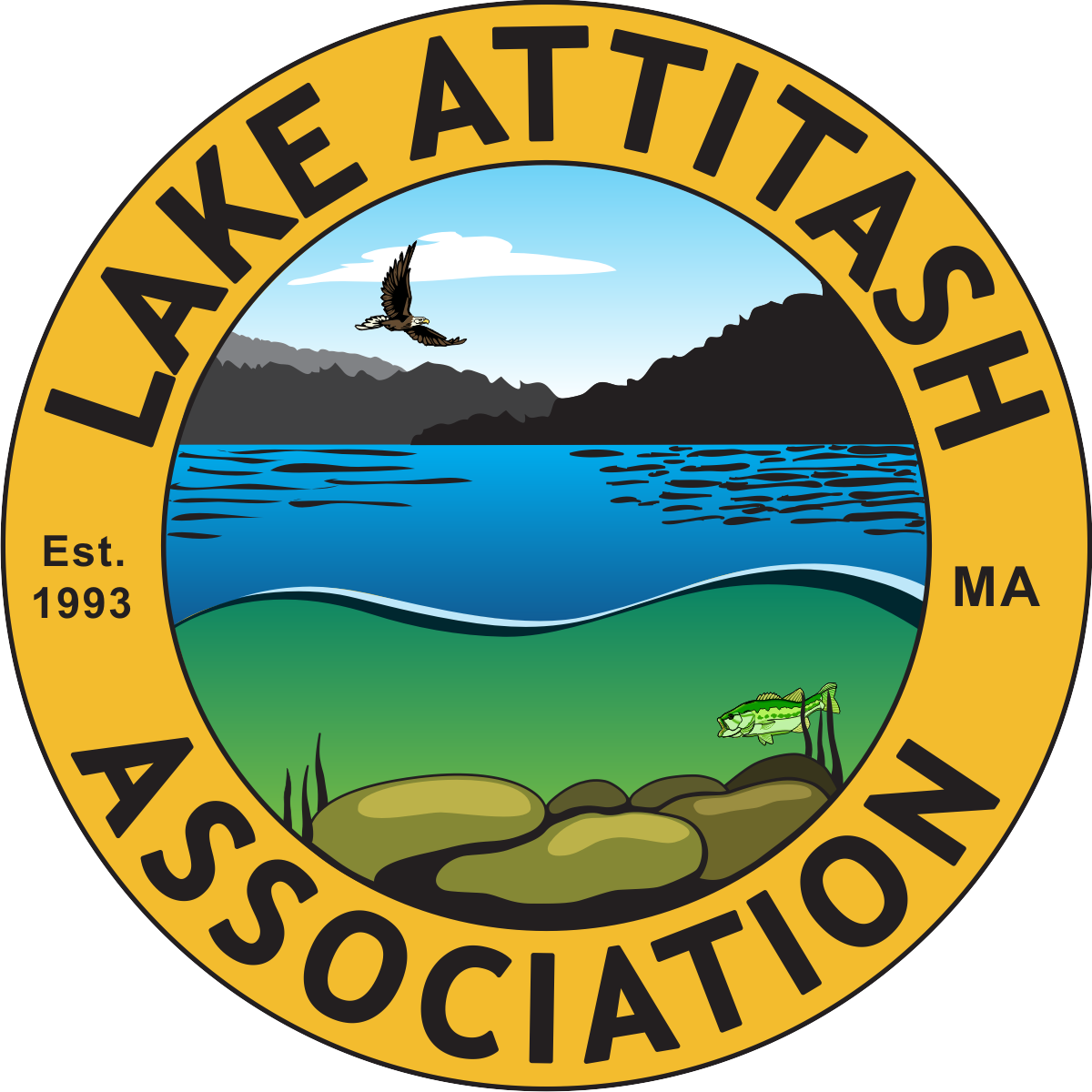Protecting the Lake: Yard Waste Disposal

We are all smart lake residents who are well informed about how our behavior impacts the lake…for better and for worse! We all know that the nutrients that come from decaying leaves and other yard waste feed the algae in the water and promote cyanobacteria blooms that are a health hazard to humans and animals.

In 2019 the LAA asked Jay Smith, Conservation agent for the Town of Merrimac at that time, to send us the Wetlands Protections regulations specific to yard waste that we, as property owners who live on or near the lake need to be aware of. His response was so helpful that we have copied it in full for you all to read:
Why Dumping Yard Waste into Wetlands and other Resource Areas is not allowed
Message from Jay Smith, (former) Conservation agent (for Town of Merrimac)
“As the town’s Conservation agent, tasked with helping protect our resource areas, I am constantly saddened to see large piles of leaves, grass clippings, and other yard debris dumped or blown into wetlands, lakes and other areas. I wish I had the time to stop at each property to tell the owners that dumping of this material constitutes fill, and is harmful as well as illegal under state and local wetland protection laws. But I don’t have that time. So I have written this to educate the citizens of Merrimac on the subject.
The Massachusetts Wetland Protection Act and the Merrimac Wetland Protection Bylaw were created, as stated in CMR 10.02(2) (a) and Bylaw General Provisions 1.2 and 1.3 to protect the wetlands, flood plains, water resources and adjourning land areas in the Town of Merrimac. A violation of these Regulations could trigger the issuance of a local ticket or action by the Department of Environmental Protection. Prior review through a filing is needed within 100ft. of a resource area or 200ft. from riverfront with the Commission to control the activities deemed by the Commission likely to have significant or cumulative effect on wetland values, including but not limited to the following:
- Public or private water supply
- Water pollution prevention
- Flood control
- Fisheries
- Erosion and sedimentation control
- Land containing shellfish
- Storm damage prevention
- Wildlife habitat
- Water quality
So why do dumping natural biodegradable materials like leaves and grass harm the wetlands? The answer is that as the leaves and grass break down they become soil, and the soil fills in the wetlands and waterways. Filled wetlands do not offer the same flood storage capacity, so the risk of downstream flooding is increased. In addition, dumping yard waste into wetlands and waterways can alter the water chemistry. For example, causing nutrient overload leads to algal blooms downstream and in lakes and ponds. Finally, filling wetlands destroys wildlife habitat for creatures such as salamanders, frogs and turtles.
It is important to note that not all wetlands have cattails; some are dominated by grasses, some by shrubs and some by red maples. So just because you don’t see cattails, don’t think it’s not a wetland. Wetlands often dry up completely in the summer. And there are other important resource areas such as inland bank, which is critical to protecting roads and buildings from storm damage. Yard waste can smother vegetation and increase the chance of erosion of the slope and harm adjacent sensitive areas for fish.
Finally, residents need to understand that all wetland resource areas have a minimum 25ft.of no-disturb zone. Because studies have shown that activities near wetlands very often harm the wetland. So if you choose to compost your yard waste on your property, make sure your compost area is at least 25ft. from the wetland. If you either don’t want to compost on your property, or you don’t have the space you can bring your waste to the Old Town Dump on Battis Rd. from 10-2 on Saturday with a sticker for $10.00 purchased by the Selectmen’s secretary. The dump is closed after the end of November and opens again in the spring.”
And a message from John Lopez, Conservation Agent for Amesbury:
“Amesbury residents please note that a similar 25 foot no-disturbance zone exists under the Amesbury Wetlands Regulations (AWR 21.6). The placement of yard waste is further discouraged, if not prohibited, within a buffer zone to wetland resources because yard waste and associated runoff could degrade water quality in Lake Attitash as well as alter drainage of flood waters causing property damage. All yard waste must be contained and be as far from Lake Attitash as possible. Lake Attitash serves as the city’s source for secondary drinking water so it’s important to take simple steps to ensure water quality.”
Amesbury’s Department of Public Works typically schedules a leaf pick-up day. The city’s compost center on South Hunt Road is open until December 2. For details please contact the Amesbury Department of Public Works at (978) 388-8116 or visit https://www.amesburyma.gov/recycling-waste-and-compost.

Please take care of Lake Attitash for the beauty of it, for the health of its waters and for our property values.
